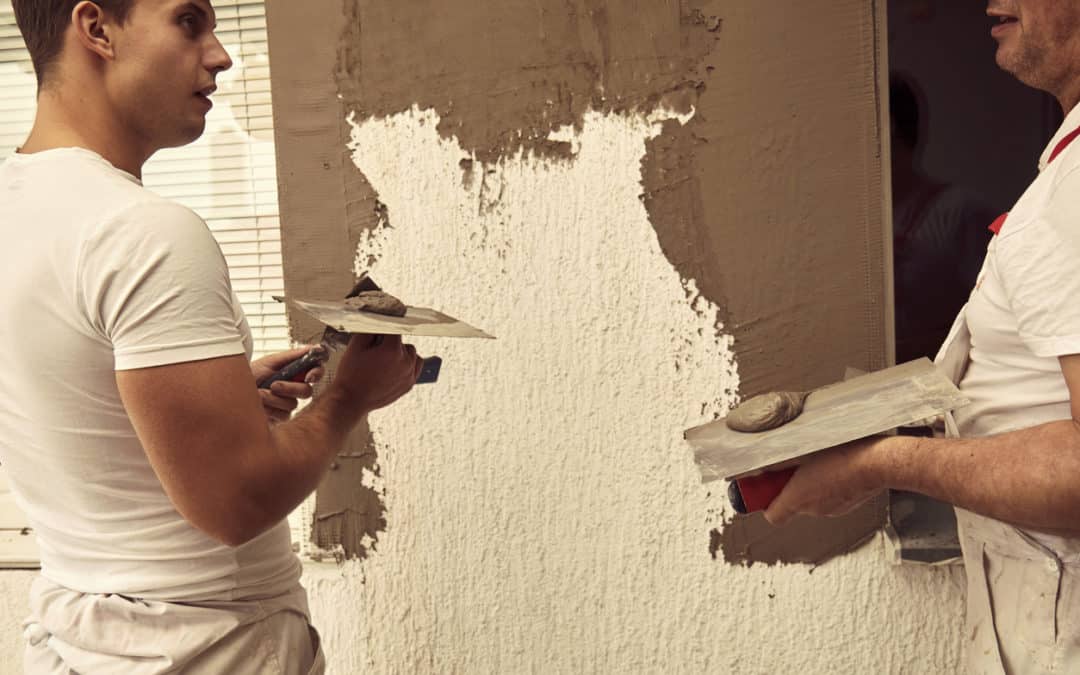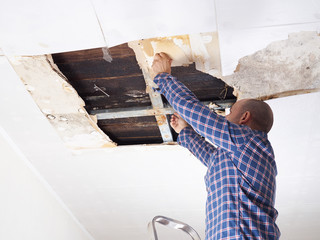When planning for the future, life insurance can play an important role. In most cases, the death benefit from your policy will pay for end-of-life expenses and replace lost income.
It’s a good idea to review your policies regularly and update them after major life events like births, divorces and remarriages. You should also make sure to update your beneficiaries. Contact Life Insurance Greenville SC now!

The decision to buy life insurance can be complicated, with several different types of policies available and multiple benefits. Figuring out how to buy a policy is a crucial step toward protecting loved ones after a death and helping them pay for funeral costs, outstanding debts and other expenses.
Consumers seeking to purchase life insurance should first determine why they want to get coverage. For example, some consumers will seek to replace their lost income or provide their heirs with an inheritance. They will then need to figure out how much money they would need in order to achieve those goals.
When shopping for life insurance, it’s important to remember that the amount of coverage you receive is based on the premium you pay and the length of the policy. The type of policy you choose will also impact your coverage amount, as some policies have a cash value component that accrues interest over time.
Once a consumer finds the right policy for them, they will need to submit an application. The insurer will then review the applicant’s medical history and conduct a physical exam. Some companies allow applicants to fill out an application online, while others require the applicant to meet with a financial advisor or insurance agent.
After the policy is approved, the insured will need to sign a contract and make regular premium payments. If a premium payment is missed, the policy will lapse. Typically, a lapsed policy can be reinstated within a three-year period by paying the overdue premium plus any interest and by undergoing a medical exam. A few companies will allow a lapsed policy to be converted into another type of policy.
Whether you want to cover outstanding debts, leave behind a financial legacy, or give your family a sense of security in case of your unexpected death, life insurance can be a worthwhile investment. The key is to determine the amount of coverage you need, as well as how long you plan to keep your policy in force.
Most life insurers offer several different policy types, allowing you to find the type of coverage that fits your needs best. For example, term life insurance is simple and relatively inexpensive, while permanent policies typically cost more and include a cash value component.
The most common life insurance policies are whole life and term policies. Term policies provide coverage for a specific period of time, usually 10, 20 or 30 years. During that time, if the policyholder dies, the beneficiary receives the death benefit payout. Term life insurance is an excellent option for people looking for budget-friendly coverage during key life milestones, such as child-rearing years or mortgage commitments.
While the cost of a term life policy can vary depending on age and health, many insurers require that you undergo a medical exam and answer a few health questions before offering a coverage. In addition, some guaranteed or simplified-issue policies may not require a medical exam or ask health questions but have higher premiums than conventional term insurance.
Once you’ve selected a policy and filled out an application, the life insurance company will review your answers and possibly request additional information, such as your medication list and medical records. In some cases, the insurance company may also order a life insurance medical exam or an EKG to assess your overall health and help verify your medical history.
Whole life insurance provides coverage for your entire lifetime and can help you build wealth over the long term. It typically costs more than a term policy, but it offers greater guarantees and provides many other benefits.
One of the most important benefits of a whole life policy is that your death benefit is guaranteed. Unlike other types of permanent policies, your death benefit will not vary based on market conditions or investment performance. This gives you peace of mind, knowing your family will be protected against the financial hardship of a sudden loss of income.
In addition to your guaranteed death benefit, whole life insurance also builds a cash value component that accumulates slower than other policies but can grow into a substantial amount over time. In some cases, whole life policies can earn a yearly dividend that can be withdrawn or used to pay premiums, but most policyholders choose to reinvest these dividend payments in their policies to allow the funds to continue growing tax-deferred.
Another great advantage of a whole life insurance policy is the ability to borrow against the policy’s cash value, similar to how you would borrow against an investment account. You can use this money to help pay for living expenses, finance major purchases, or even supplement your retirement income. However, it is important to remember that any withdrawals or loans from your life insurance policy will reduce your death benefit and the cash value of your policy.
It’s important to review the different options available for life insurance so you can make the best choice for your unique needs. A financial professional can work with you to understand your goals, risk tolerance, and financial situation and recommend the products that may be appropriate for you.
Designed for people who view life insurance as both a protection and investment vehicle, variable universal life policies offer a flexible death benefit and a potential higher return than other options. But they also come with more risks and charges than other types of policies.
With a variable life insurance policy, your premium payments go toward building cash value within the policy, and you can invest the rest in a variety of sub-accounts. These investments can include mutual funds, bonds, and stocks, and their values fluctuate with the market. The more wisely you manage your investment choices, the faster your cash value and death benefit grow. But poor decisions or a challenging market can result in low growth.
Because of the investment component, life insurers follow regulations for security contracts regulated by the Securities and Exchange Commission. But if you choose a policy from a company that doesn’t fully comply with these requirements, your policy may lapse if you don’t pay a minimum amount each month or that the fees and charges deplete your cash value.
Before choosing a VUL policy, look for one with low internal policy costs, Flagg says. Also, choose a policy from an insurer with a history of good financial strength and solid ratings. A reputable financial advisor or independent life insurance agent can help you find a policy that fits your needs and budget. And always read the fine print carefully. Never pick a policy based on quoted premiums or projected asset or cash value growth, Flagg says. Those projections can be misleading, and they don’t take into account the possibility of a “premium call” underperformance or a policy lapse.
A final expense insurance policy provides a lump-sum cash benefit upon your death. While it’s designed to pay for funeral expenses, you can use the money for anything you want, including a legacy nest egg or to help your family pay off a debt. The premiums are typically less expensive than whole life or term policies, and you don’t have to take a medical exam or let the company access your health records.
These policies are often sold to seniors, and they can provide peace of mind that the end-of-life expenses they’ll be responsible for won’t be a burden on their loved ones. You can choose a specific amount of coverage, and an agent will assist you in filling out the paperwork and paying a small monthly premium.
Most final expense policies don’t require a health exam or your medical records to be reviewed, making them easier for seniors with preexisting conditions to obtain. You can also add on riders, such as an accelerated death benefit that pays a portion of the death benefit to you if you’re diagnosed with a terminal illness.
Unlike traditional life insurance, you can also choose to leave the proceeds of your final expense policy to a beneficiary if you wish. The beneficiary can use the funds to cover expenses or simply to invest the remainder, and the policy will not cancel because of changing health status.
Keep in mind that while final expense insurance is an excellent option for many people, it is not right for everyone. Because of the low, fixed amount of benefits, it may not provide enough of a financial cushion to protect your loved ones in case you’re unable to work or pass away early.



 For larger dents and holes, a patch should be cut to size and then screwed into place. It is important to use proper technique when taping and mudding
For larger dents and holes, a patch should be cut to size and then screwed into place. It is important to use proper technique when taping and mudding